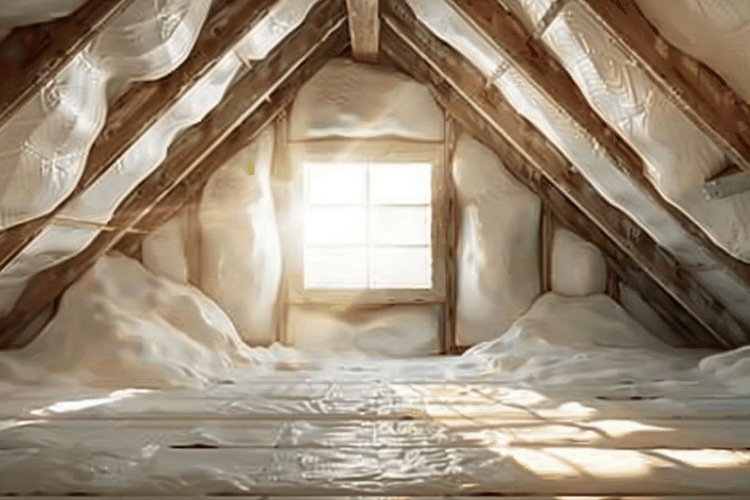Polycarbonate Sheets: Enhancing Durability with UV Protection
Polycarbonate sheets have become increasingly popular in construction and DIY projects due to their versatility, strength, and lightweight nature. One of the key factors contributing to their longevity and performance is UV protection. This article delves into the importance of UV protection for polycarbonate sheets, installation considerations, and how to choose the right specifications for your project.

How does UV protection enhance polycarbonate sheet durability?
UV protection plays a crucial role in extending the lifespan of polycarbonate sheets. Without this protective layer, prolonged exposure to sunlight can cause yellowing, brittleness, and reduced light transmission. UV-protected polycarbonate sheets maintain their clarity and structural integrity for much longer, often lasting 10-15 years or more with proper care. The UV coating acts as a shield, preventing harmful ultraviolet rays from breaking down the polymer structure of the material.
What are the key benefits of UV-protected polycarbonate sheets?
UV-protected polycarbonate sheets offer several advantages over their non-protected counterparts:
-
Longer lifespan: UV protection significantly slows down the degradation process, ensuring the sheets remain functional for many years.
-
Maintained clarity: The sheets retain their transparency, allowing for consistent light transmission throughout their lifetime.
-
Color stability: UV protection helps prevent discoloration, keeping the sheets looking new for longer.
-
Improved weather resistance: These sheets can better withstand various weather conditions, including intense sunlight, rain, and temperature fluctuations.
-
Cost-effectiveness: While initially more expensive, UV-protected sheets offer better long-term value due to their extended durability.
What should you know about installing UV-protected poly roof sheets?
When installing UV-protected polycarbonate roof sheets, consider the following factors:
-
Orientation: Install the sheets with the UV-protected side facing outward or upward to ensure maximum protection against sunlight.
-
Expansion and contraction: Allow for thermal expansion by leaving appropriate gaps and using flexible sealants.
-
Support spacing: Follow manufacturer guidelines for proper support spacing to prevent sagging or buckling.
-
Fastening: Use compatible fasteners and washers designed for polycarbonate sheets to prevent cracking or leaks.
-
Slope: Ensure a proper slope (typically at least 5 degrees) for effective water drainage.
-
Cleaning: Regular cleaning with mild soap and water helps maintain the UV protection and overall sheet performance.
How do you choose the right thickness for UV-protected sheets?
Selecting the appropriate thickness for UV-protected polycarbonate sheets depends on several factors:
-
Application: Roofing typically requires thicker sheets (6-8mm) compared to vertical glazing (3-4mm).
-
Span between supports: Larger spans necessitate thicker sheets to prevent sagging.
-
Wind and snow load: Areas with high wind or snow loads require thicker sheets for added strength.
-
Impact resistance: Thicker sheets offer better protection against hail or falling debris.
-
Budget: Thicker sheets are generally more expensive but may offer better long-term value.
Consult with a professional or refer to manufacturer guidelines to determine the ideal thickness for your specific project.
What color options are available for UV-protected polycarbonate sheets?
UV-protected polycarbonate sheets come in a variety of colors, each offering unique benefits:
-
Clear: Maximizes light transmission, ideal for greenhouses or spaces requiring natural light.
-
Bronze or Gray: Reduces glare and heat gain while maintaining good light transmission.
-
Opal or White: Diffuses light, creating a soft, even illumination without harsh shadows.
-
Blue or Green: Adds a decorative touch while still allowing good light transmission.
-
Infrared-blocking: Specially designed to reduce heat gain while maintaining visibility.
When choosing a color, consider factors such as desired light transmission, heat control, and aesthetic preferences.
How do UV-protected polycarbonate sheets compare to other roofing materials?
UV-protected polycarbonate sheets offer unique advantages compared to traditional roofing materials:
| Material | Light Transmission | UV Protection | Impact Resistance | Weight | Cost |
|---|---|---|---|---|---|
| UV-Protected Polycarbonate | High | Excellent | High | Light | Moderate |
| Glass | High | Varies | Low | Heavy | High |
| Acrylic | High | Poor | Moderate | Light | Low to Moderate |
| Metal Roofing | None | N/A | High | Moderate | Moderate to High |
| Fiberglass | Moderate | Good | Moderate | Light | Low to Moderate |
Prices, rates, or cost estimates mentioned in this article are based on the latest available information but may change over time. Independent research is advised before making financial decisions.
UV-protected polycarbonate sheets offer a unique combination of light transmission, durability, and impact resistance. While they may have a higher upfront cost compared to some alternatives, their long-term performance and versatility make them an attractive option for many roofing and glazing applications.
In conclusion, UV protection is a crucial feature that significantly enhances the durability and performance of polycarbonate sheets. By understanding the benefits, installation considerations, and selection criteria for UV-protected sheets, you can make an informed decision for your next project, ensuring long-lasting and reliable results.




